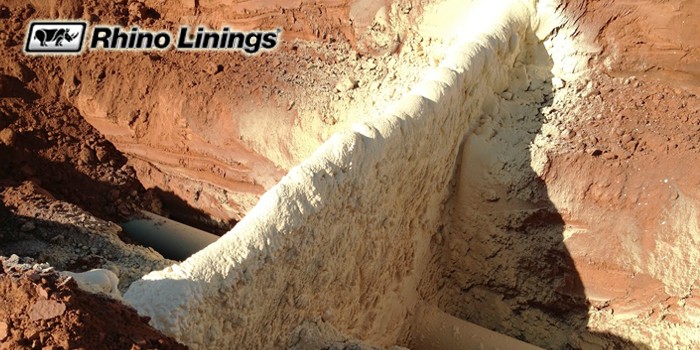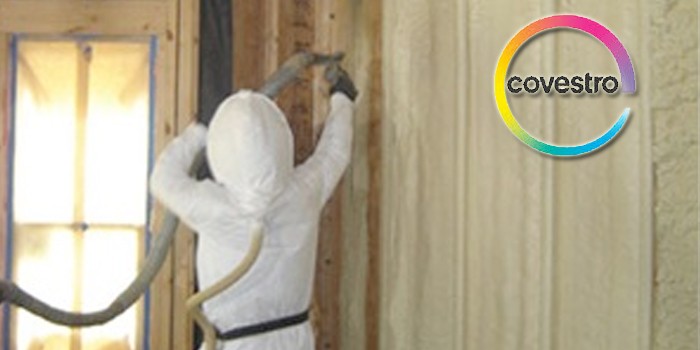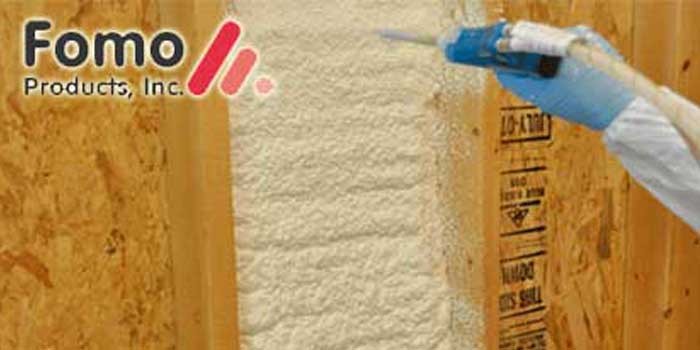
Insulation: The Road from Bricks to Spray Foam
Even though it might be considered by many to be a “modern luxury,” insulation is by no means new. In fact, civilizations like the ancient Egyptians and the ancient Romans utilized forms of insulation. The use of insulation to regulate temperatures and protect buildings can by traced from these ancient civilizations all the way to modern times in a state of constant evolution.
The perpetual heat radiated by the unforgiving desert sun prompted the ancient Egyptians to experiment with ways to keep their homes as cool as possible. They employed increasingly thick bricks in the construction of their homes as a way to prevent the heat from the sun’s rays from penetrating the building. For the cool winter months, they added materials such as papyrus to their interior walls in order to prevent heat from escaping.
The ancient Greeks were responsible for the early use of fireproof asbestos. The material’s resistance to flames lent it a quasi-mystical reputation, and it was used in diverse applications, including the wicks for eternal temple flames, funeral dresses, and clothing for imported slaves. In fact, it was the use of asbestos in slave outfits that lead the Greeks to record history’s first mention of asbestos’s dangerous side effects, as they noted it caused a lung sickness in the slaves who were regularly exposed to it.
Home insulation continued to evolve in ancient Greece. Builders began to experiment with “cavity walls” which consisted of an inner and outer wall separated by an air pocket. The air caught between these walls could help keep a home cool or warm in contrast with the outside climate.
The ancient Romans also discovered the benefits of cavity walls on their own, and then continued to push the evolution of insulation. The Romans, famed for their engineering prowess, even began to install indoor heated water systems. By insulating the heated water pipes (which were usually installed directly under floors) with cork, the Romans were able to pipe hot water directly into a building without overheating the flooring and other areas adjacent to the pipes.
Even the Vikings were aware of insulation’s benefits. In order to endure their harsh Northern European climate, the Vikings learned to cake the exterior walls of their homes with daub, an insulating agent composed of livestock dung, mud, and straw in order to seal the buildings from frigid winter weather. The Vikings even began to cover their interior walls with heavy layers of sheepskin as a means to retain heat.
The cavernous stone buildings of Europe in the Middle Ages were obviously prone to the ravages of low temperatures, as they were drafty, damp, cold stone structures. It soon became popular to cover interior walls with large, thick woven tapestries. These served a dual role—to block drafts and to absorb the prominent dampness. The Europeans also began to cover floor with tightly-packed rushes as way to retain heat.
As the Industrial Revolution was ushered in, insulation continued to evolve. Despite the ancient Greeks’ warnings about its dangers, asbestos became popular once again. The implementation of steam-based technology in manufacturing required numerous hot pipes to be run throughout factories in order to supply steam where needed. These pipes were insulated with asbestos as a means to protect workers from their scalding temperatures. Soon the steam engine burst onto the scene, and demand for asbestos skyrocketed. Asbestos was soon being used to insulate anything and everything associated with hot steam, from boilers and fireboxes to entire boxcars.
Asbestos’s popularity continued unabated for decades, until researchers in the 1970s rediscovered what the ancient Greeks had known all along—that asbestos is deadly. This put a stop to asbestos insulation nearly overnight, although it still has very limited industrial applications.
With the fall of asbestos, new kinds of insulation sprung up to fill the void. Fiberglass insulation became highly popular, and was quickly established as the standard form of home insulation. Other varieties, such as Styrofoam sheets and PVC wraps also became prominent.
Eco-friendly Insulation
However, over the last 20 years, concerns have been raised over the potential dangers common types of insulation can pose to the environment. This has led to the development of increasingly popular “green” types of alternative insulation.
One highly fashionable method of eco-conscious modern insulation is spray foam insulation, like Foam It Green. Spray foam insulation is petroleum based, yet much more earth-friendly than traditional varieties of insulation which cannot provide a tight air seal. Because the US Department of Energy believes a tight air seal can provide up to 40% energy savings in a building, this is viewed as particularly “green,” as it enables buildings to retain much more heat or cold than traditional insulation, minimizing the energy output of heaters and air conditioners.
Many people today use a combination of spray foam and other insulation made from recycled paper, woven cloth, and even sheep wool which reference ancient methods of insulation which employed some of the very same materials.
For more information about how spray foam insulation can help you save energy and money in your home or building, call 800-516-0949 or view www.sprayfoamdirect.com.













